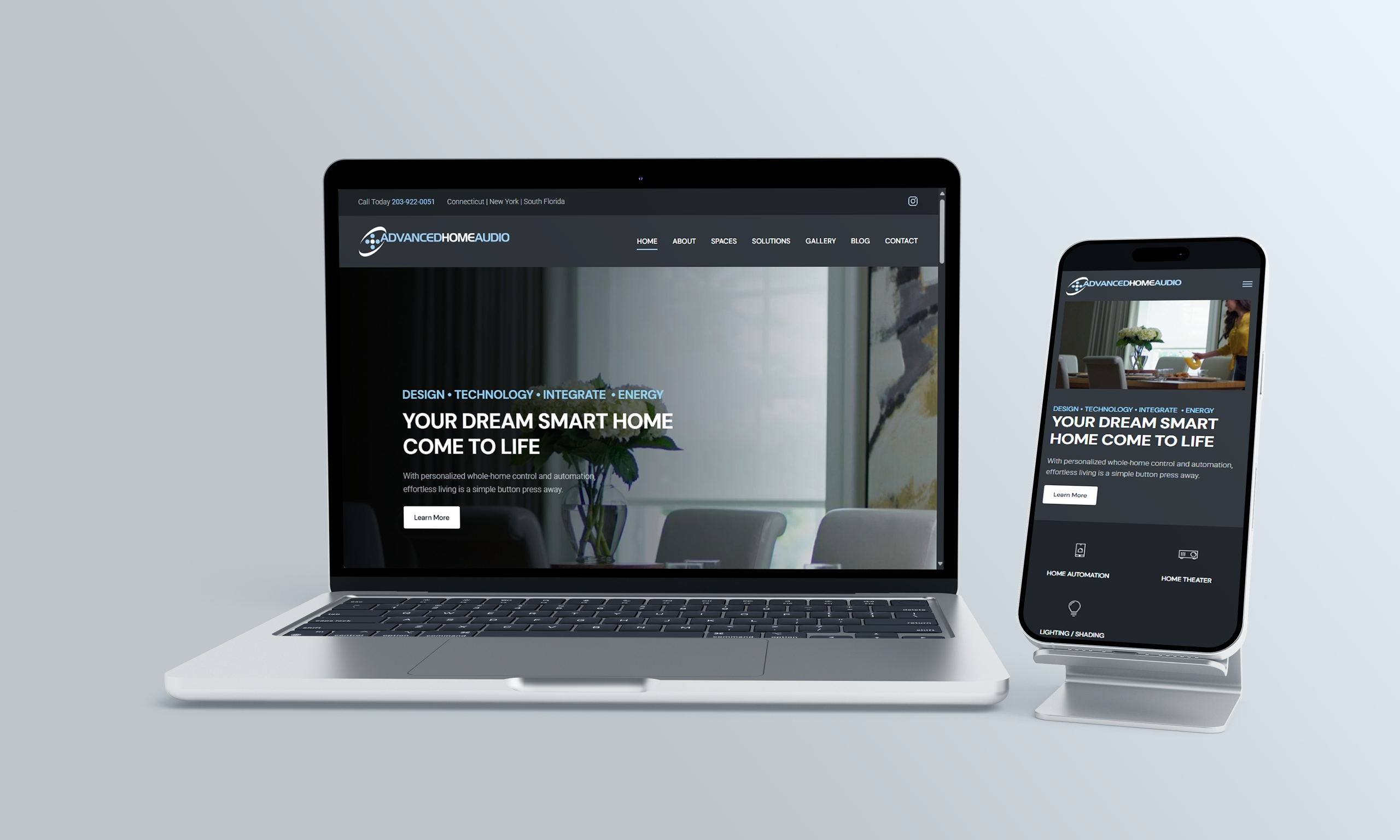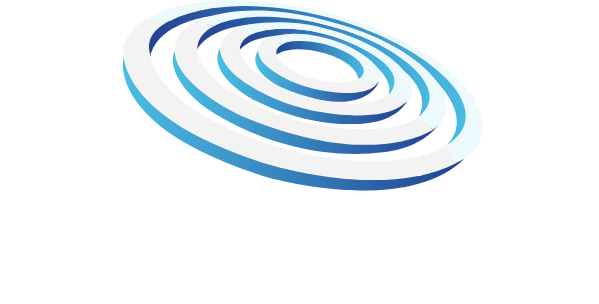GROW YOUR EDUCATION SERVICES TO THE TOP OF GOOGLE LISTINGS WITH US JOIN OUR SATISFIED CLIENTS WHO HAVE SEEN REMARKABLE GROWTH.

Table of Contents
- 7 SEO Strategies to Enhance Higher Education Visibility
- 1. Capturing Prospective Students Through SEO
- 2. Building Comprehensive and Engaging Web Pages
- 3. Crafting Clear and Search-Friendly URLs
- 4. Tailor Your Content to Your Ideal Student
- 5. Showcase Your Academic Programs
- 6. Leverage Local SEO to Attract Prospective Students
- 7. Optimize Beyond Text: Unlocking SEO Potential
- Unlock Your Institution’s Potential with SEO
7 SEO Strategies to Enhance Higher Education Visibility
A well-designed SEO strategy. will enhance your institution’s visibility on the internet. The strategy includes developing engaging content, structuring your website for better performance, creating content that appeals to your target student audience, showcasing academic programs, using local search optimization, and enhancing visual elements.
1. Capturing Prospective Students Through SEO
Higher education institutions need to differentiate themselves from thousands of competitors to attract students in today’s digital competition. Students who have not chosen their college yet base their decisions on three main factors, which include college location, academic programs and institutional size.
Students rely on search engines to find colleges when they conduct their research. Your institution needs to optimize its website for search engines because most searchers select results that appear on the first page.
Your institution will gain better visibility through SEO optimization. Stratedia helps institutions boost their online visibility and generate more suitable leads through their search engine optimization services.Contact Stratedia us 860-415-0340.
2. Building Comprehensive and Engaging Web Pages
Search engines choose websites that contain extensive, valuable content. Your institution will achieve better search engine positions and provide better user experience through the development of multiple informative web pages.
Your website should include pages that focus on student interests about academic programs, financial aid, campus life and admissions processes. Each page should provide meaningful content through at least 800 words of interesting information.
The optimization of each page requires keyword insertion and meta description addition for maximum SEO benefits. The following section will explain detailed optimization methods for your SEO strategy.
3. Crafting Clear and Search-Friendly URLs
Search engines prefer websites that use organized URLs, which directly show what content each page contains. Your website URLs should avoid using complicated letter-number sequences because you should create URLs that both users and search engines can understand.
A URL such as “www.yourcollege.edu/financial-aid” should replace “www.yourcollege.edu/xyz123” because it provides better search engine understanding and user-friendly website navigation. The URL structure helps search engines identify page content while making your website more accessible to users who want to find specific pages.
4. Tailor Your Content to Your Ideal Student
Your ability to identify your perfect student remains essential for achieving SEO success. Your content development and keyword selection should focus on what your target audience finds relevant. Your content should focus on VA benefits, CLEP credit opportunities, and other military veteran-related information when you want to attract veterans to your institution. Your content should focus on “distance learning” and “online programs” when you want to increase online student enrollment.
Your search engine ranking will improve when you match your content with the search patterns and requirements of your target audience.
5. Showcase Your Academic Programs
Students who plan to attend college base their college choice on the academic programs that institutions offer. Your institution will become more visible to potential students when you optimize each program page with appropriate keywords.
Perform extensive keyword analysis to discover all search terms that students enter when looking for particular academic programs. The business program page should receive optimization for “MBA” and also include search terms “master’s in business administration” and “graduate business degree.” The method of using multiple search terms will boost your chances of drawing in students who search for different keywords.
6. Leverage Local SEO to Attract Prospective Students
Students choose their college based on their current geographic location. Students have two different approaches to college selection because they want to experience new things or stay near their family home. Your website needs optimization for location-based search queries to attract students who want to study near their home location.
Your digital assets need to include your city and state information because it helps you reach your target audience. The universities of Temple and Drexel and the University of Pennsylvania lead search results in Philadelphia because they use effective local SEO strategies.
Your institution will become more visible to potential students who search for local terms through optimized search engine optimization.
7. Optimize Beyond Text: Unlocking SEO Potential
The optimization of non-text elements requires equal importance to written content optimization for achieving success. The search engine visibility of your website depends heavily on the optimization of title tags, headers, meta descriptions, and image alt text.
Search engines need these seemingly unimportant elements to understand website content. Your institution will become more discoverable online through proper optimization of these elements, which do not affect user experience.
Unlock Your Institution’s Potential with SEO
Students who want to find their perfect college or university use search engines as their main research tool in the digital world. Your institution needs a properly executed SEO plan to find its target audience and increase student enrollment.
Our team of experts will create and execute a customized SEO plan to help you optimize your institution’s website. Our expertise will help you achieve better online visibility while maximizing your investment returns.
Contact us today to discuss your institution’s unique needs and explore how we can help you achieve your enrollment goals.










